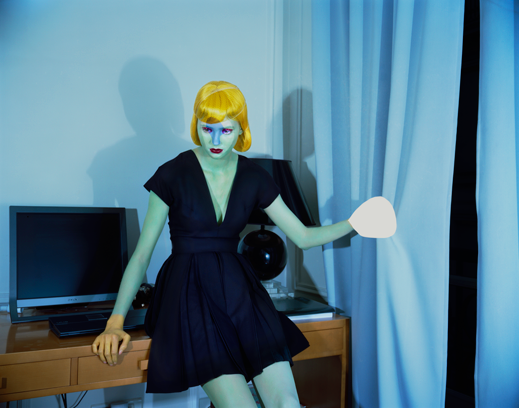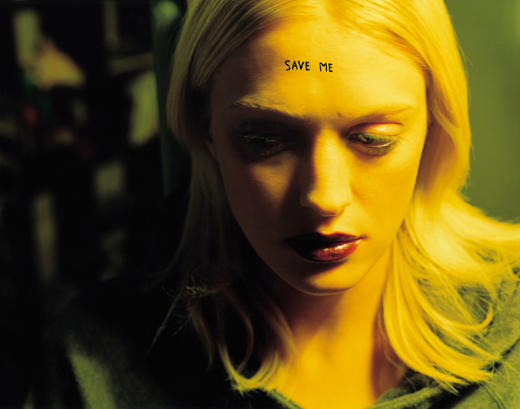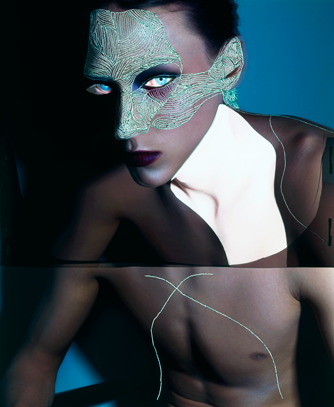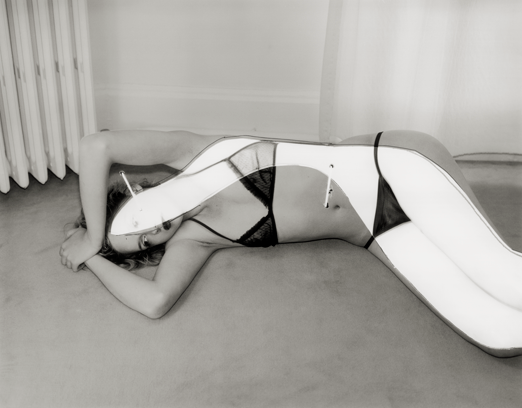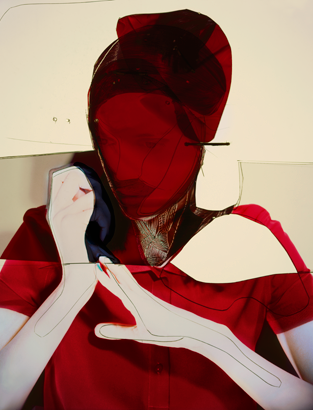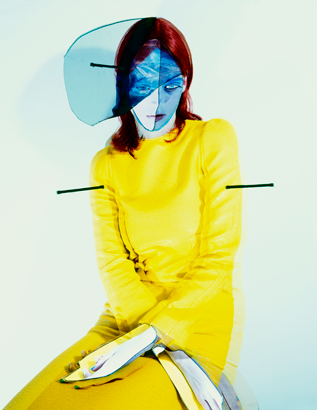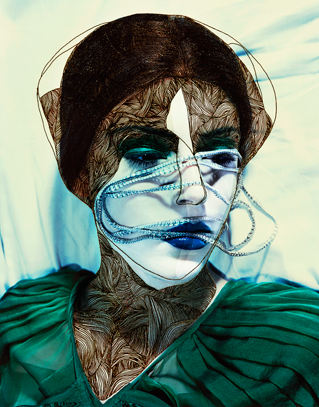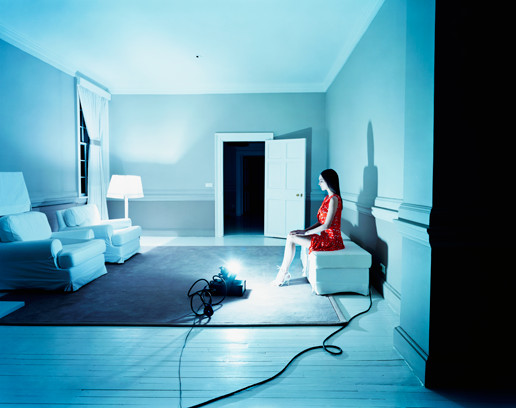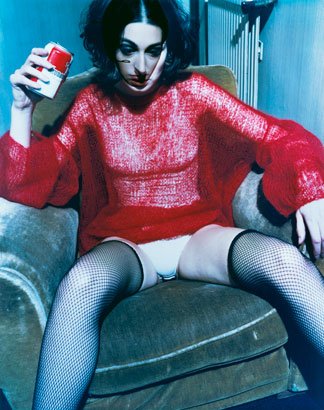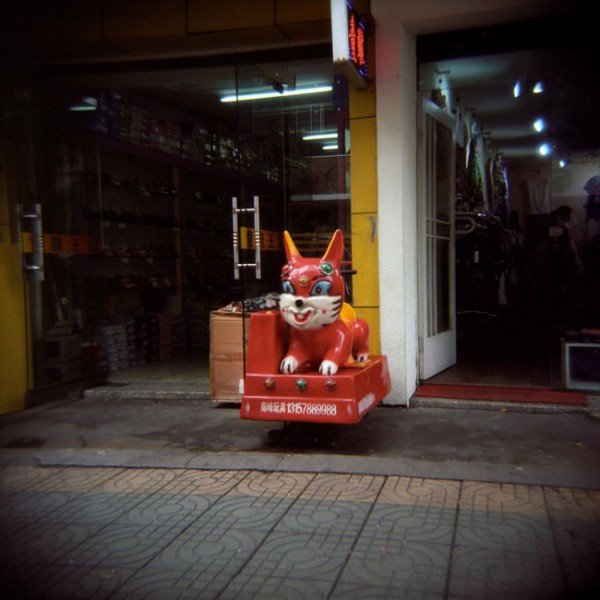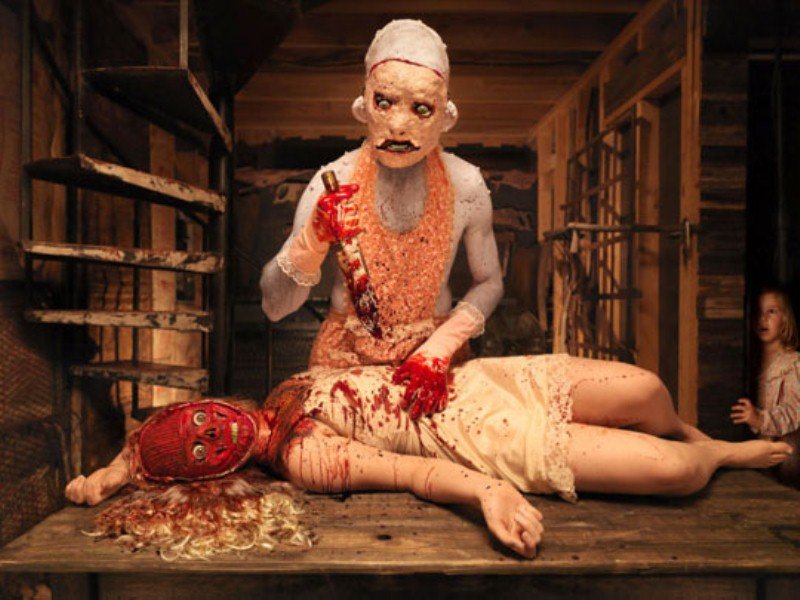France –
For an artist who started making photographs at a young age, the novelty of his art form has still remained an elusive mystery. Despite creating beautiful art for over three decades, French photographer Jean-François Lepage has been able to maintain the freshness of his work by approaching it with the same enthusiasm and vigor as he did when he first began.
Emaho : You’ve been making photographs since the age of 20 and have done shoots for some of the biggest names in the magazine world. How would describe your journey so far?
I think compared to most fashion photographers I’ve had a peculiar career so far. I started very young and stopped making fashion images for many years before I started working for magazines again in 2001.
This experience presented me with the possibility to evolve and to maintain some kind of freshness and curiosity about the fashion world. The 90s was a very commercial period with much more money involved in fashion than the past decades. Since I missed that time, I think I’ve been able to keep the same approach and enthusiasm for making images the way I used to in my younger days. And of course, this big break also gave me the opportunity to explore and experiment in a different way i.e. with respect to my photographic work.

Interior #8, 2008
Emaho : The drawings on your images render it a very surreal and ethereal quality. Is there a certain thought-process behind the use of illustrations in imagery?
In 1984, I began getting interested in reworking my negative and positive films. I’ve always been fascinated by the great engravers, particularly Albrecht Durer and I’ve always considered photography as an engraving process. To work directly on my originals gives me a special feeling, something like an adrenaline rush that comes from this particular technique and, of course, my imagination.
Emaho : How do you create these illustrations? Is there a certain technique you follow often?
I use the same technique that I use for engraving on metal; the only difference is that I work on a luminous table. My tools are very simple, to engrave, a compass, a cutter to cut the film and a stapler to assemble the pieces together.

The other side of the dream #10, 2008
Emaho : Your models have a very distinct look to them, which translates onto the print. How do you pick your models?
Like any other fashion photographer, I do castings. However, it’s very intuitive and when I like someone I work with them over and over again. The main quality in a model, for me, is patience and the ability to concentrate no matter what the shooting conditions are like.
The most important is certainly that the person in front of the camera should forget that she’s a model wearing a suit and should feel more like a character visiting my world.

Moonlight Zoo#6, 2006
Emaho : How do you get your models to understand a concept, which is often laced with so many layers of complexity and vastness?
Nothing special, the way I work, slowly gives the model the key to enter this particular moment that I’m looking for.
Emaho : The styling of every shoot is remarkable and larger than life in most cases. Do you involve yourself in the styling as well?
Yes I do work very closely with the fashion stylists. It is the only thing I really prepare before a shooting.

Silence #10, 2009
Emaho : Though you are a fashion photographer, you’ve managed to break out of the routine of glamour and have painted a picture that’s more real and leans towards art. How did you maintain that distinction and yet achieve massive commercial success?
Since I started working as a fashion photographer I had some great opportunities to work for brands but my main focus has always been my working relationship with magazines. It is very important for me to work this way because it gives me greater freedom of thought and thus I can also progress in my work.
Emaho : Sexuality and sensuality are the underlying themes of a lot of your work. How did you strike a balance without taking away from the artistic quality of your artwork?
There is no conflict between an artistic expression and sexuality or sensuality. The only possible conflict in fashion photography as well as art, I think, is the envy of an exaggerated seduction, trying to be very smart – using a lot of cliché or codes that are not necessarily yours but belong to others.
If others who have completed their work before us always inspire us, our main goal is to absorb this legacy of the past to create new works. A lot of sincerity and honesty is needed in order to do that – to achieve a certain truth.
It is often necessary to go against the flow to really exceed yourself artistically and therefore it is sometimes necessary to also be able to escape a certain form of success. It is a delicate balance to find.

Felix #2, 1992
Emaho : Where do you derive your inspiration for abstract?
So many things I’ve seen, people I’ve met…my imagination is doing the rest!
Emaho : What are you thinking before every shoot?
There is always a kind of tension before a shoot, a preparation for high concentration … I do not really think, I observe.

The Other Side of the Dream#16, 2008
Emaho : The “Memories of the Future” exhibition at the Tour des Templiers in Hyères was your last exhibition. How was your experience interacting with people there?
It was a wonderful experience. They organized the exhibition in this beautiful Templar from the 12th century.
I really enjoyed working with curator Raphaelle Stopin. It has been a privilege and a very refreshing and rewarding time. I think people enjoyed the show, so that was just perfect.
Emaho : Tell us about your essay in the book , ‘Modernes – 20 Years Of Contemporary Fashion’?
“Andam” is an important association in France for emergent fashion designers. It gives them the opportunity to win substantial prize money that helps a lot with their future collections. For the 20th anniversary of the Association and to celebrate the past winners, a book was published, which included a portfolio of photographs I did with the model, Hannelore Knuts.

Untitled #5, 2010
Emaho : Any exciting projects or exhibitions we should be looking forward to?
Some holidays soon…Before that, one last shoot for the French magazine ‘Citizen K’ – this would be my first collaboration with them.
And then there is an exhibition in a new photographic gallery in Saint-Germain-des-prés , in Paris – opening, November 6th, 2013.

The Other Side of the Dream#20, 2010
Art & Culture Interviewed by Meenakshi Iyer

